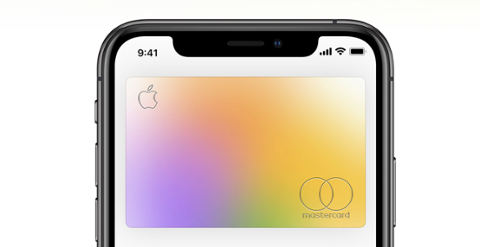For decades, the art and science of software development has remained largely the same. You ideate; you code; you debug; you release; you update. However, a new generation of tools may fundamentally shift how you build software—and learning these tools may unlock a host of new job opportunities.
A new report from consulting firm McKinsey, Technology Trends Outlook 2023, breaks down the elements of next-generation software development, which could see a variety of A.I. tools (including an increasingly sophisticated suite of no- and low-code tools) allow developers and engineers to churn out massive amounts of code even faster. It may also encourage non-tech employees to start building more software on their own.
“By 2026, Gartner predicts that 80 percent of low- and no-code tool users will sit outside of traditional IT organizations,” reads the report. “AI-enabled tools can also enhance the productivity of traditional developers by automating routine tasks and suggesting solutions to problems. Our research shows that developers report time savings of 35 to 45 percent in code generation and 20 to 30 percent in code refactoring.”
Leveraging no- and low-code tools to create legions of “citizen developers” capable of creating relatively simple apps and services has been a longtime dream of many companies, particularly those with overloaded developers and engineers who can’t possibly handle every necessary software projects. However, non-tech employees don’t necessarily have a grasp on the principles of good software development, so it seems unlikely that even incredibly sophisticated tools will allow them to build complicated products anytime soon, especially when you consider the sheer complexity of APIs, the cloud, and more.
All that aside, here are the tools and services that McKinsey thinks will define next-generation software development over the next several years:
- Low- and no-code platforms: Microsoft Power Apps and other platforms could make it simpler for all employees to build limited-function applications.
- Infrastructure-as-Code: In the consulting firm’s words: “This is the process of configuring infrastructure, such as a data center, with machine readable code, which enables rapid reconfiguration and version control. The cloud, for example, is infrastructure that is fully abstracted as code.”
- A.I.-generated code and A.I.-based testing: Chatbots such as ChatGPT and Code Llama can already generate and debug code; these platforms will only become more sophisticated over the next several years.
- Microservices and APIs: Microservices and APIs will likewise continue to evolve, especially given how software engineers and developers use them as the building blocks for complex services.
- Automated code review: A.I. will assist human users in code review.
While these tools could certainly speed things up, some tensions may emerge as tech pros try to figure out which responsibilities they can truly offload to an automated platform (and whether they can trust A.I. to vet and debug code effectively). There’s also the question of control: will a company’s tech employees really want their non-tech colleagues interfering too much with the tech stack?
These questions (and many others) are intensely thorny, but if you’re in a position to dictate how your company’s tech stack evolves, you should probably start thinking about them now. Even loose policies governing no- and low-code tools (and automation as a whole) are better than none.



